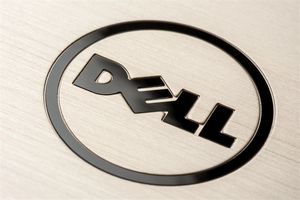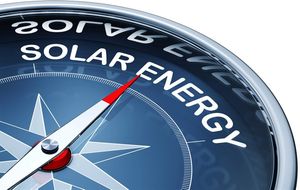Surfing represents a unique connection between humans and ocean waves, and at the core of this relationship lies the surfboard. Understanding surfboard fundamentals can significantly enhance your wave-riding experience. This comprehensive guide explores essential surfboard knowledge to help you make informed decisions.

Understanding Different Surfboard TypesLongboards
Ranging from 8 to 12 feet in length, longboards feature rounded noses and substantial volume. Their classic design offers exceptional stability, making them perfect for beginners. Longboards excel in small wave conditions and enable classic nose riding, providing a smooth, graceful surfing experience.
Shortboards
Typically measuring 5 to 7 feet, shortboards feature pointed noses and narrowed tails. Designed for experienced surfers, they offer enhanced maneuverability and responsiveness in powerful waves. Their reduced volume demands better paddling skills but rewards with radical turns and high-performance surfing.
Fish Boards
These versatile boards combine shorter length with extra width and a distinctive swallowtail design. Fish boards generate exceptional speed in small to medium waves, making them popular among intermediate surfers seeking progression. Their unique design facilitates easy wave catching and smooth transitions.
Funboards/Midlengths
Ranging from 7 to 8 feet, these hybrid boards balance stability and performance. They serve as excellent transition boards for surfers moving from longboards to shorter equipment or those wanting versatility across various conditions.
Constructed with foam decks and flexible materials, these boards prioritize safety and learning. Their extra buoyancy and soft surfaces make them ideal for beginners and surf schools.

Construction Methods and MaterialsTraditional Construction
Polyurethane (PU) foam cores with fiberglass and polyester resin remain the industry standard. This time-tested combination delivers the responsive flex and performance characteristics preferred by many experienced surfers.
Modern Alternatives
Expanded Polystyrene (EPS) foam with epoxy resin creates lighter, more buoyant boards. These constructions offer increased durability and environmental resistance while maintaining performance standards. The reduced weight makes them particularly suitable for weaker wave conditions.
Soft-Top Technology
Advanced foam construction techniques have revolutionized beginner equipment. Modern soft-top boards incorporate rigid cores with protective foam exteriors, ensuring both performance and safety during the learning process.
Choosing Your Ideal SurfboardSkill Level Considerations
Beginners should prioritize volume and stability, typically found in longer, wider boards. Intermediate surfers might consider transitioning to boards offering more maneuverability while maintaining reasonable paddling ease. Advanced riders can select specialized equipment matching their preferred wave conditions and performance requirements.
Volume and Dimensions
Board volume, measured in liters, significantly impacts performance. Higher volume boards paddle more efficiently and provide better stability. Consider your weight, fitness level, and surfing experience when determining appropriate volume. Generally, heavier or less experienced surfers require more volume.
Wave Conditions
Match your equipment to your local breaks. Smaller, weaker waves benefit from additional volume and width, while powerful, hollow waves require more specialized performance designs. Consider having different boards for varying conditions if you surf in multiple locations.
Environmental Considerations
Modern manufacturers increasingly focus on sustainable practices. Eco-friendly materials include recycled foam blanks, bio-based resins, and sustainable wood reinforcements. These innovations reduce environmental impact while maintaining performance standards.
Maintenance and Care
Proper maintenance extends your board's lifespan. Rinse with fresh water after each use, particularly paying attention to fin boxes and leash plugs. Regular inspection for pressure dents and cracks helps prevent water damage. Store boards in shaded areas using appropriate board bags for protection.
Professional repair ensures damaged boards return to their original integrity. Prompt attention to dings prevents water absorption and delamination issues.
Selecting the right surfboard involves understanding how design elements interact with your skill level and local conditions. The perfect board balances performance characteristics with practical considerations, ultimately enhancing your connection with the ocean. By considering these fundamental aspects, you can make informed choices that support your surfing journey and maximize wave-riding enjoyment.
Media Contact
Company Name: Ningbo Jusmmile Outdoor Gear Co., Ltd.
Email: Send Email
Phone: +8613065600656
Address:No. 70, TianJian Lane, ShouNan Street, Yinzhou District
City: Ningbo
Country: China
Website: https://www.jusmmile.com/






